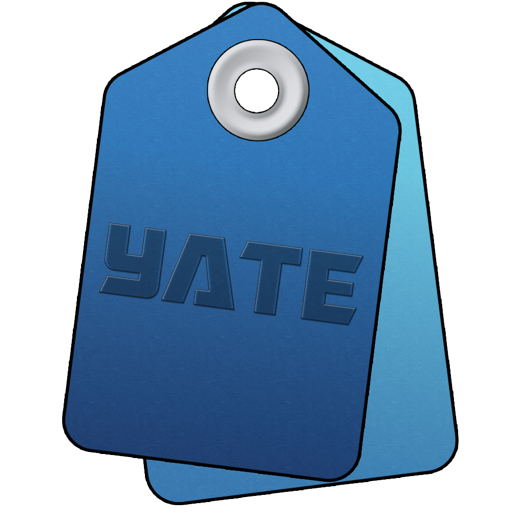

This action copies metadata from a file at an index to either a file at a different index or all current files. When running stepwise the statement is only executed once.
Prior to Yate v6.2 the indexes were always treated as File Index properties as returned by the Get Property statement or via an escape sequence. The issue with the File Index property is that it may change depending on execution of a file availability statement. Further various Run statements can inherently change the list of available files as can the Load & Run statement. v6.2 saw the implementation of the Loaded File UID property which is constant regardless of the current list of available files. You can use either property as the source of the indexes but the Loaded File UID property does allow for some increased functionality.
This statement copies specified metadata from a single file at a specified index to either a single file or all other currently available files. The currently available files is either the initial file selection or the set established by a file availability statement or imposed by one of the Run statement variants.
You can copy the source files current metadata or optionally the source file's initial metadata. The initial metadata is the data first loaded or last saved to a file. When copying initial metadata the destination can be the same file as the source. This means that the source file can potentially be modified.
The indexes are evaluated at runtime and may contain any of the escape sequences described in Escape Sequences.
If any of the file indexes are invalid the function will be ignored. For example, you did not specify copy initial values and the source and destination are the same.
You can copy all fields or a list of chosen fields. Unhandled fields are never copied.
Fields in default UI Settings is a convenience option. It uses the default settings displayed via Actions>Configure Copy Metadata. If you want to use a named copy metadata configuration set, you will have to specify the fields and exclusions/inclusions in named variables as described below.
You can also select Runtime Override to process a list of fields in named variable Runtime Field List. The contents of the named variable are interpreted as a list of symbolic field names. The list can be delimited by default list delimiters (\~), newline characters (\n) and commas. Items which do not represent field names are ignored. The list of valid fields are processed exactly as if they were specified in the Fields in Table mode. This effectively provides a means of specifying which fields are to be processed at runtime. The complete list of available fields can be viewed in the table in the Multi Field Editor. Most field names can be inserted by the holding down the Shift key and selecting Insert Field on the Yate Transformations text field context menu. Fields which cannot be associated with single values (such as User Defined Text Info) are not available on the menu.
Note that when copying a metadata field which supports multiple items, all items will by default be copied. This incudes Artwork, Comments, Lyrics, Ratings, User Defined Text Info, User Defined URLs, and more. You can find a complete list here.
When copying User Defined Text Info, User Defined URLs and Comments, exclusions or inclusions can be specified in named variable Multi Item Transfer Rules. The Multi Item Transfer Rules topic describes the formatting. If the named variable is not formatted correctly, nothing will be copied and the action test state will be set to false. This can only happen if exclusion and inclusion are specified for the same field type.
Note that the Multi Item Transfer Rules named variable is ignored when copying using the UI based settings as the settings come with their own exclusions/inclusions defined in the UI.
The action test state will be set to true if any metadata was copied, (not necessarily modified). If nothing was copied, the action test state will be set to false.
The statement is executed once regardless as to whether it is run stepwise or grouped.
The indexes refer to tracks in the current set of available files. Note that running grouped has no effect on the File Index property.
The indexes can be in the current file selection or the initial set of files when the action was first started. This means that file availability statements can only expand the scope of this statement. They cannot limit it.
The source index can be in the current file selection or the initial set of files when the action was first started. Only the currently available files can potentially be modified. If you are copying initial values and you do not want to modify the source file, use a file availability statement to remove it from the currently available files.